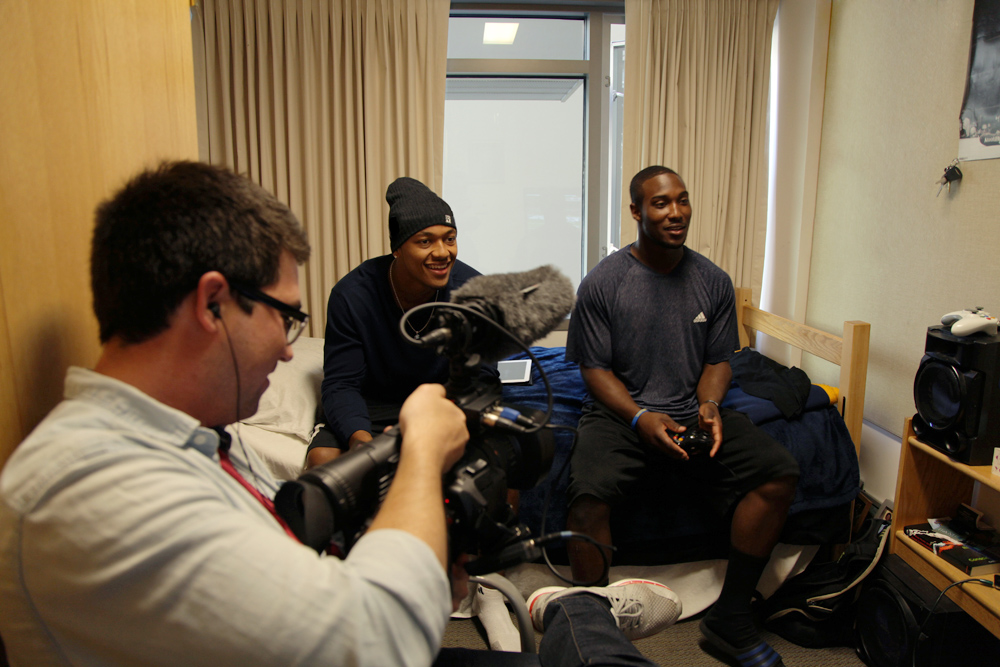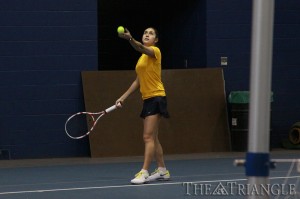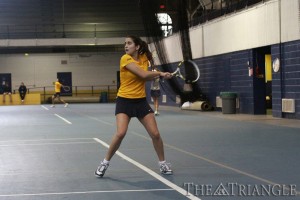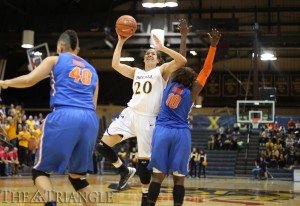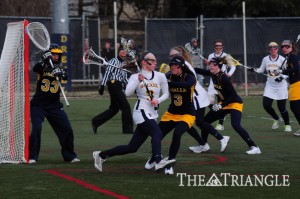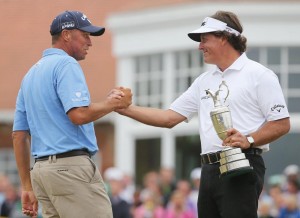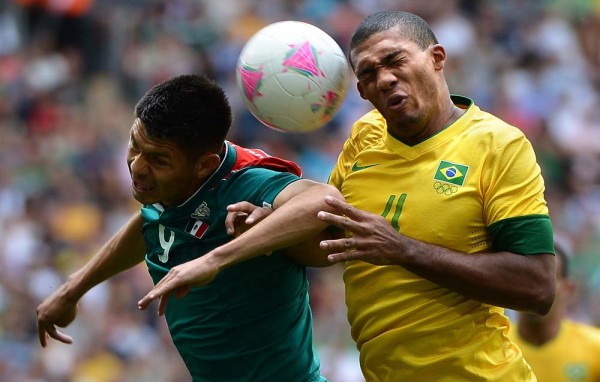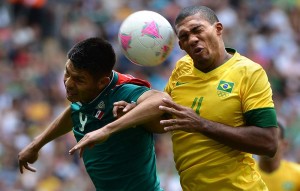

[media-credit name=”Photo Courtesy Drexel Baseball” align=”alignleft” width=”300″] Sophomore Chris Martin works from the stretch during Drexel’s 4-0 loss to La Salle University Oct. 19. With a doubleheader sweep against Cairn University Oct. 26, the Dragons would finish the fall season 7-6.
America’s pastime and the autumn season have been linked throughout history. Major League Baseball’s World Series is played in the fall, but only two cities are lucky enough to have a team playing in the final series of the year. This year’s edition of the Fall Classic features the Boston Red Sox and the St. Louis Cardinals, leaving Philadelphia Phillies fans longing for next season and some baseball to fill the void.
There is no need to worry, though. Philadelphia’s universities are wrapping up their fall seasons, and Drexel students need not look any further than their very own Dragons. The club baseball team sits at 5-6 on the fall season after a two-game sweep of Bloomsburg University of Pennsylvania.
The fall season can be used to discover team leaders and improved players heading into the all-important spring season beginning in March. Junior pitcher Varun Padmanabhan and pre-junior catcher and third baseman Cameron Goodell have shined this fall, becoming a couple of Drexel’s strongest weapons.
Padmanabhan has been mowing hitters down to the tune of 22 strikeouts over 19 innings while allowing only 13 baserunners. Keeping guys off of the basepaths has kept runs at a premium against Padmanabhan, as he has only allowed one earned run all fall for a dominant 0.37 ERA.
“Padmanabhan has anchored the already solid pitching staff so far,” team president and starting first baseman Sean Gallagher said. “After an offseason last year where he spent most of the year injured, he has come back stronger than ever, looking extremely sharp in every one of his outings.”
What Padmanabhan has done on the mound is the same kind of dominant performance that Goodell has been able to put together at the plate. Goodell has been a monster, hitting either leadoff or third in the Dragons’ lineup. With a .410 batting average and a whopping .625 on-base percentage, Goodell has been able not only to create runs on the basepaths but to knock them in as well. He has driven in seven RBIs on the season while scoring eight runs himself.
“His flexibility really adds depth to the lineup that hasn’t been present before,” Gallagher said of Goodell’s versatility in the batting order. “Having his bat at the top of the lineup provides a lot of pop.”
Gallagher’s bat has been an intimidating presence in its own right in the Dragons’ batting order. The junior has accumulated a .500 on-base percentage — helped by getting hit by a pitch four times — and has driven in four runs.
Although Drexel currently sits hovering around the .500 mark, the team has played some top competition down to the wire, giving the team confidence heading toward the spring season. In their season opener against the defending champion Pennsylvania State University, the Dragons held the lead into the sixth inning even though almost half of the team could not make the trip because of co-op obligations.
“We took a huge 2-0 lead in the first inning, and Padmanabhan held the Nittany Lions scoreless for the first four innings,” Gallagher said looking back at the Oct. 4 opener in State College, Pa. “The score was 2-1 heading into the sixth inning, when Penn State strung together a few hits and took the lead. It was a huge game for our team, and had we won, it would have catapulted us into contention for the tournament championship.”
Head coach Michael Ferretti is looking forward to the spring season after seeing a lot of promise from the team during the fall. The philosophy for the fall focused less on the wins and losses and more on playing focused and working hard as a team. Ferretti felt like playing different guys in the fall season would benefit the team in the long run.
“We believe that the best way to achieve our overall team goals is to build a team where every guy has a niche and role,” he said. “Giving guys an opportunity to play now should make that more clear come spring.”
The experiences that the team has had together during the fall will only make Drexel stronger in the spring. Ferretti said he already sees that strength among the players building.
“Heading into the spring, we want to make sure we learn from our experiences from the fall,” Ferretti continued. “As a team we need to focus on becoming consistent on a day-in and day-out basis [and] in every aspect of the game.”
The Dragons have two more games left in their fall season, an Oct. 26 doubleheader against Cairn University. With a sweep in that doubleheader, Drexel will have battled its way back to finish over the .500 mark. Either way, the team looks to build momentum toward the spring season, which begins March 1 with a tough test against Syracuse University.
The post Drexel baseball hovers around .500 in fall season appeared first on The Triangle.



